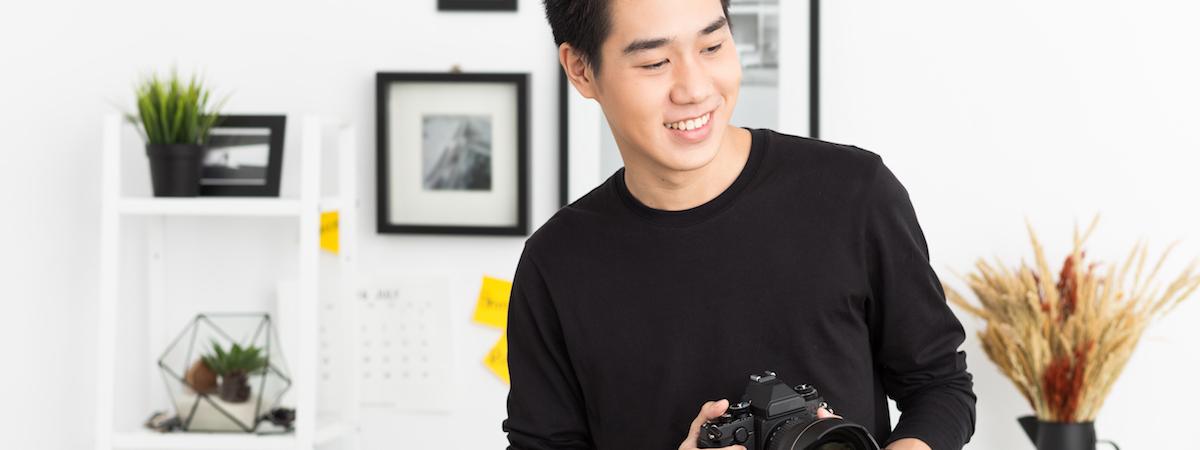5 Tips for Taking Quality Real Estate Marketing Photos
As a home seller, you know that photography is a huge component of your real estate marketing business. For those perusing homes online through Facebook or your agent website, image quality and framing can make or break the property’s ability to sell. A professional real estate photographer is a great investment, if you’re able, to ensure that all images frame the property in the best light. But for those looking to save a little money or just desire to do it themselves, there are a few tips to take into consideration that can greatly improve your photos (and therefore chances of selling the property).
1. Invest in a professional camera.
Phone photography continues to improve in quality, but for sharp images, a professional camera is needed. You don’t have to buy the most expensive model on the market -- a used or an older version of a camera will work just fine. One absolutely essential requirement, however, is that the camera have a wide-angle lens to take wide shots of the home from both the inside and outside. You’ll also need a tripod to stabilize the camera.
2. Use lighting to your advantage.
As a general rule, the ideal time to shoot exterior photos is either in the morning or at dusk, when the sun isn’t at its highest -- bright sunlight can wash out a shot and make attractive background elements, like trees or gardens, less prominent. Photos taken at dusk can be particularly tricky, however, so it’s worthwhile to take an online Photoshop class to learn editing basics that will bring out the best features of the home. Interior shots should be taken during the day, using natural light.
3. For interior shots, take photos that emphasize each room’s selling point.
Selling points can include a particular appliance, abundant natural lighting, marble countertops, or a spacious bathtub. Be sure to photograph all the “main” rooms: the kitchen, living room, master bedroom, and master bath, as well as other interesting rooms, such as a library or that large walk-in closet.
4. Don’t be afraid to move furniture.
Walk around the rooms in the home for a bit to determine which angle captures all of the room’s selling points in an attractive way. If a great potential shot is blocked by a chair or couch, simply move the furniture to the side.
5. Be mindful of camera height and vertical edges.
When in doubt of the best angle, shoot interior shots straight on. Point the camera so that it aligns with one of the walls, using the grids in your camera as a guide. Make sure that the wall’s horizontal and vertical lines are aligned. Shoot straight on, without pointing the camera up or down. These practices are a good rule of thumb for taking uncomplicated photos without a lot of fluff. Shooting at chest height is a good best practice, although you can slightly adjust based on the room.
Keeping these tips in mind will help ensure your photography captures all of the home’s important elements and presents the property in a way that will make buyers say “wow!” Strong photography skills will go a long way in reinforcing your brand in real estate marketing -- crisp, beautifully-framed images are always an asset to your credibility and reputation. If you’re looking for more ways to enhance your brand, QuantumDigital’s AutoMail Plus allows agents to consistently get in front of sellers with real estate direct mail postcards, sent automatically throughout the year. These postcards are excellent ways to amplify your local footprint, whether you’re farming a new neighborhood or just looking to further establish yourself as the neighborhood expert. And for those who want to share their images on Facebook, but don’t have the time or expertise to create targeted ads, QuantumDigital offers TriggerMarketing Social. This platform automatically pulls directly from your MLS service to display Facebook ads (with your beautiful photos!) to residents located near the property for sale.
We live in a visual world. Strong photography is a must-have for real estate agents. If you’ve been neglecting this aspect of real estate marketing, or simply not using it to its full potential, now’s the time to get started!
Share to:
